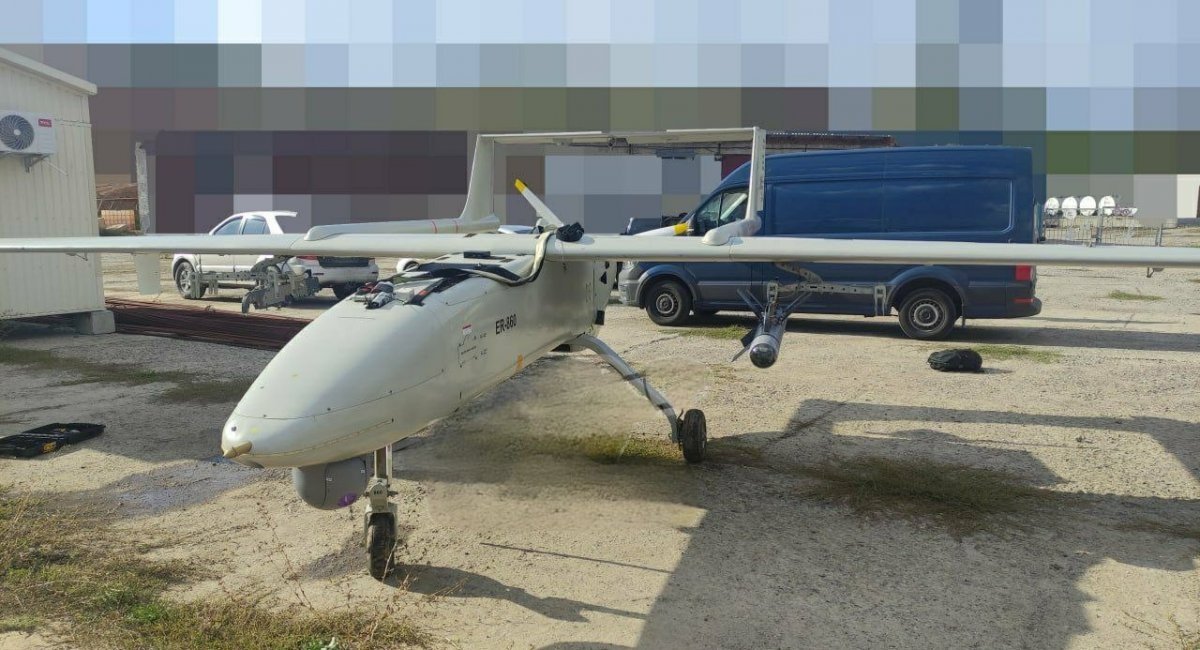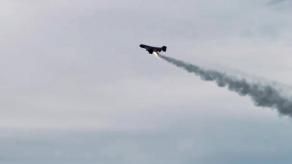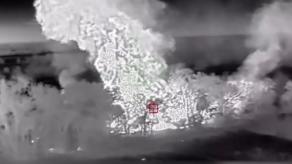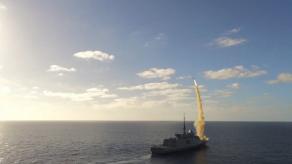Back on September 23, during the very first attack of Iranian "kamikaze drones" Shahed-136 on Odesa, the Armed Forces of Ukraine boasted about the valuable "catch" – as the soldiers were literally taking the downed Mohajer-6 reconnaissance and attack drone from water.
This is one of the types of drones russia bought from Iran and, according to our sources, deployed them to the occupied Crimea.
Read more: russian Troops Experience Problems With Iranian Drones in Ukraine – the Pentagon
The important thing is that Ukrainian air defense managed to take the aerial vehicle down almost intact. This fact indicates that Electronic Warfare systems not just worked out well, they successfully intercepted the control over the drone or deceived its navigation system.
As we can judge from the published photos, after such a landing on the water surface, all the damage it took was only the loss of a single propeller blade. Even the quite fragile sight system in the head of the vehicle is unharmed.

Another important aspect that made the catch so valuable is that it had a thermal-guided Qaem-5 glide bomb with on board, which retained its shape as well.
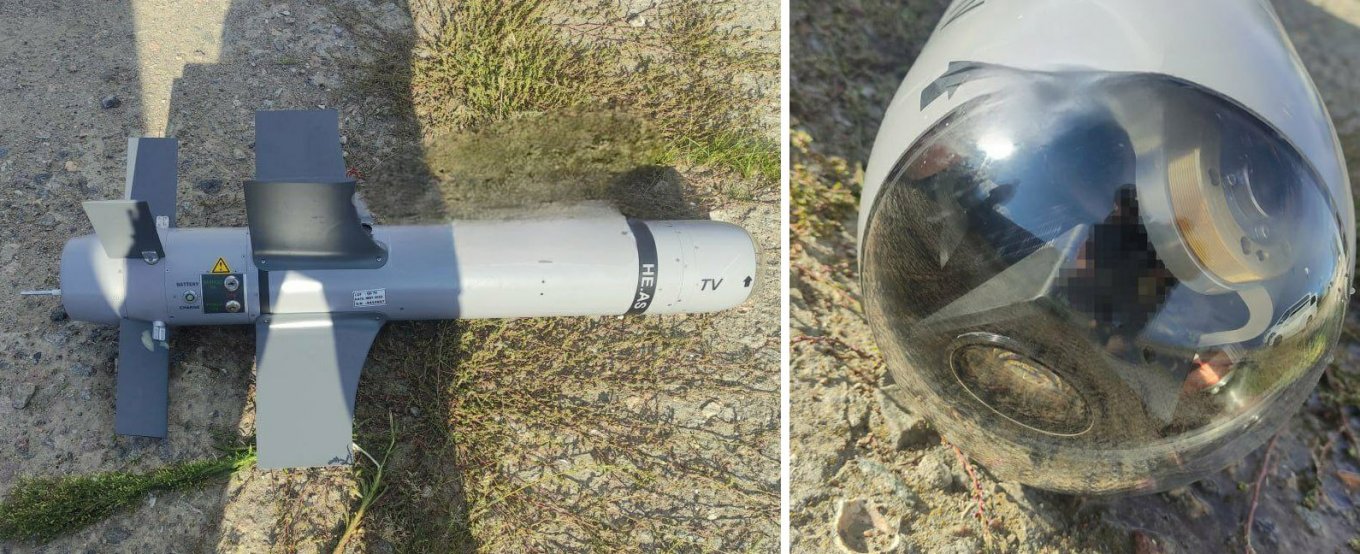
And thus every component of the vehicle will be examined in detail, especially if it consists of any foreign parts that were supplied to the sanctioned Iran.
For instance, we already know for a while that the Austrian Rotax 914 engine is used in Mohajer-6. And despite this engine being available to the civil market, now the supply chain can be tracked so it doesn’t end up inside military equipment.
Also, the analysis of electronic parts will be no less interesting, since once upon a time some Western suppliers got severely fined when the truth about their covert shipments to Iran came out.
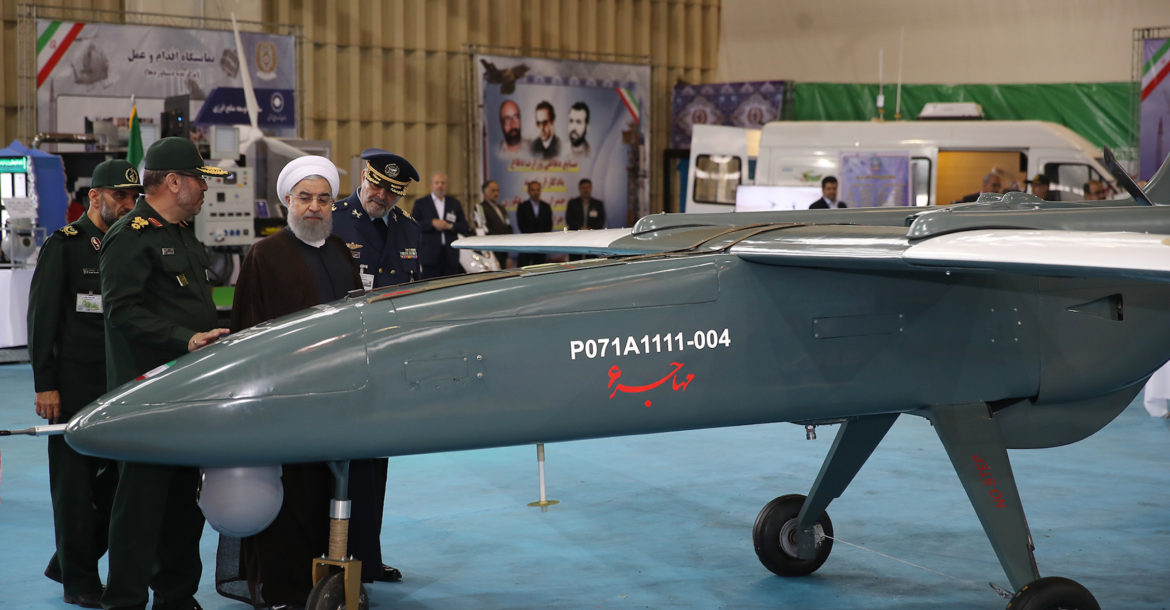
For example, in 2018 the United States fined FLIR Systems because the company sold thermal imagers to individuals with dual citizenship, which ended up in Iran. Initially, the fine was $30 million, but after the enterprise admitted the guilt and cooperated with the investigation, the fine was shortened to $15 mln, and another $15 mln had to be allocated for internal audits and end-use controls.
In other words, a comprehensive analysis of the Mohajer-6 drone and the Qaem-5 bomb will allow to put an end to such shadow export to Iran of components that find their way into Iranian weapons. Even if it concerns the export of civilian use goods.
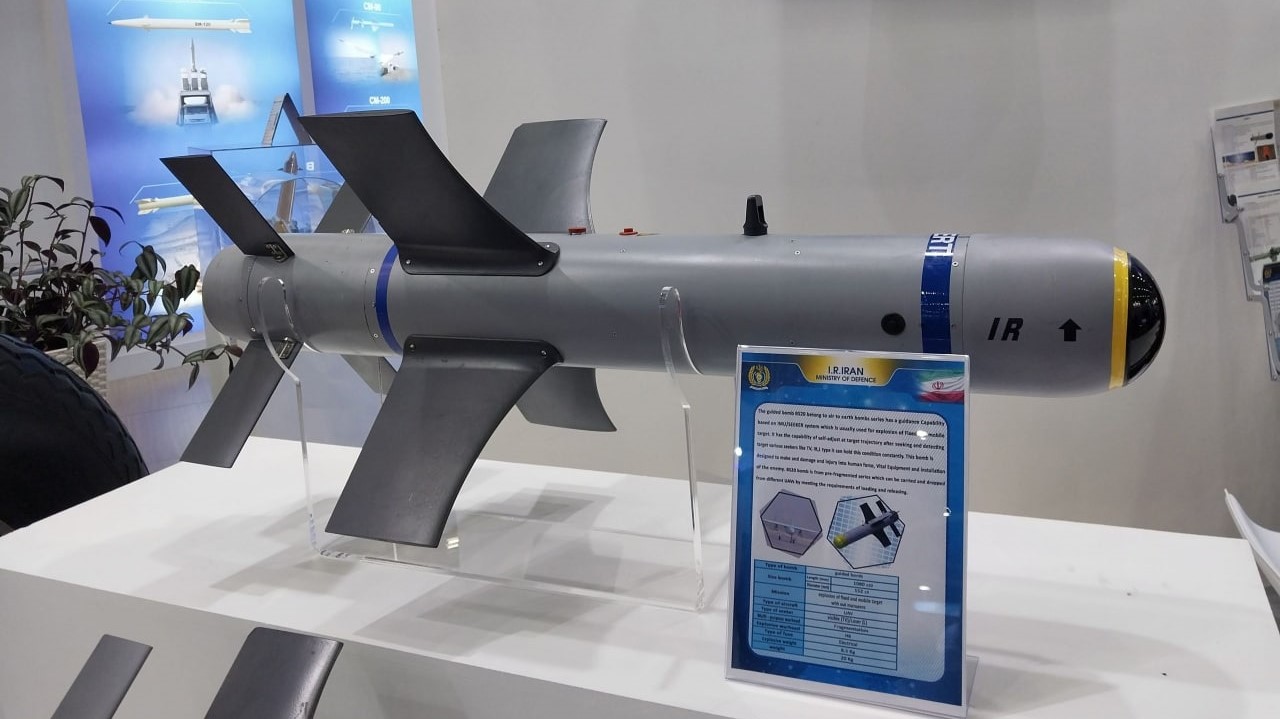
One more noteworthy aspect: a detailed analysis of channels and algorithms used in the communication and control units of Mohajer-6 and Qaem-5 could help not just "jam" these systems with signals but also intercept and interchange the data. If that happens, the combat effectiveness of the drones may get zeroed.
Final note, of course this sort of information will interest not just Ukraine. One of the most interested countries pretty much may be Israel.
Read more: Russia’s 3rd Army Corps Collapsed and Cannot Perform Given Tasks – the General Staff of Ukraine




